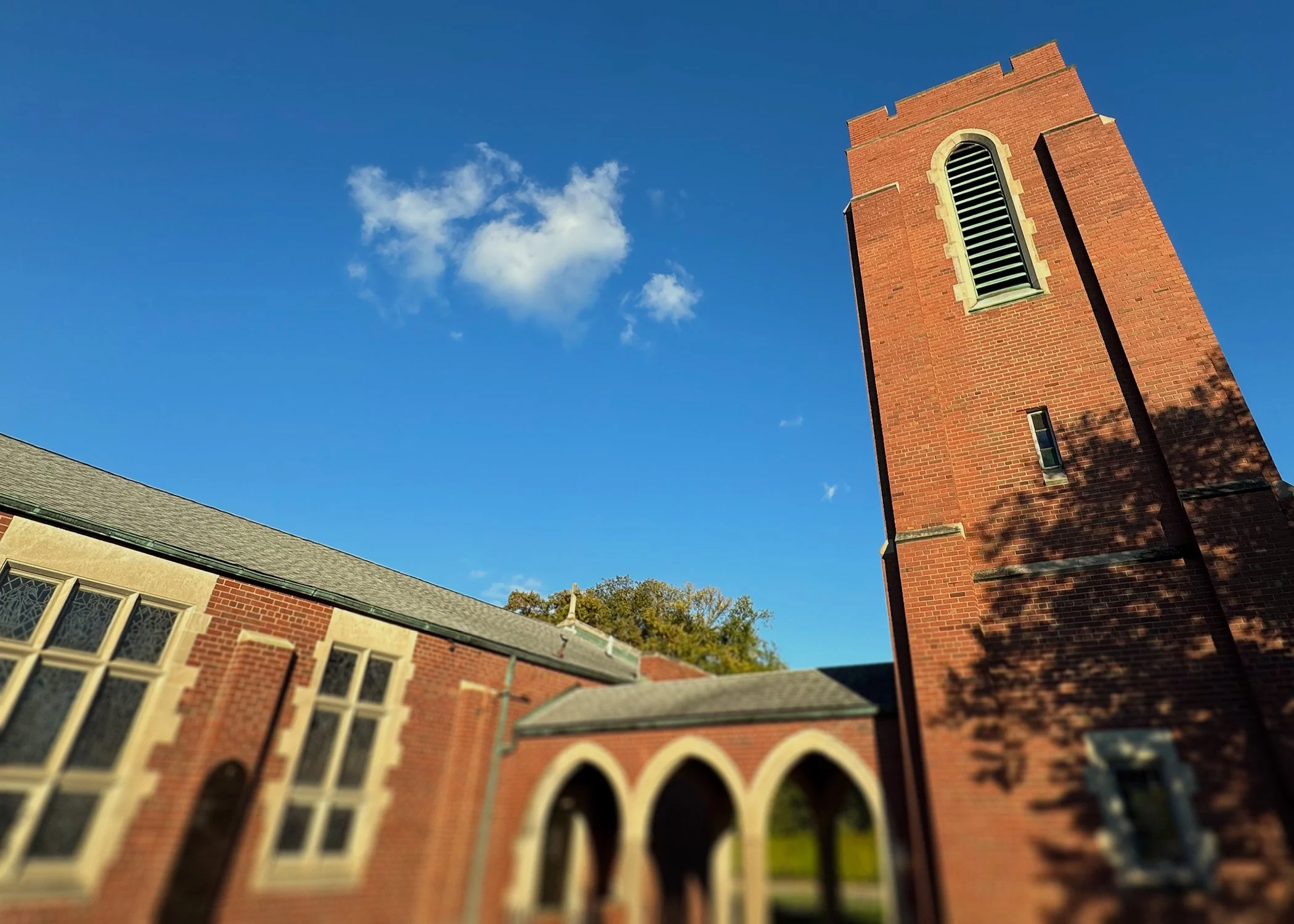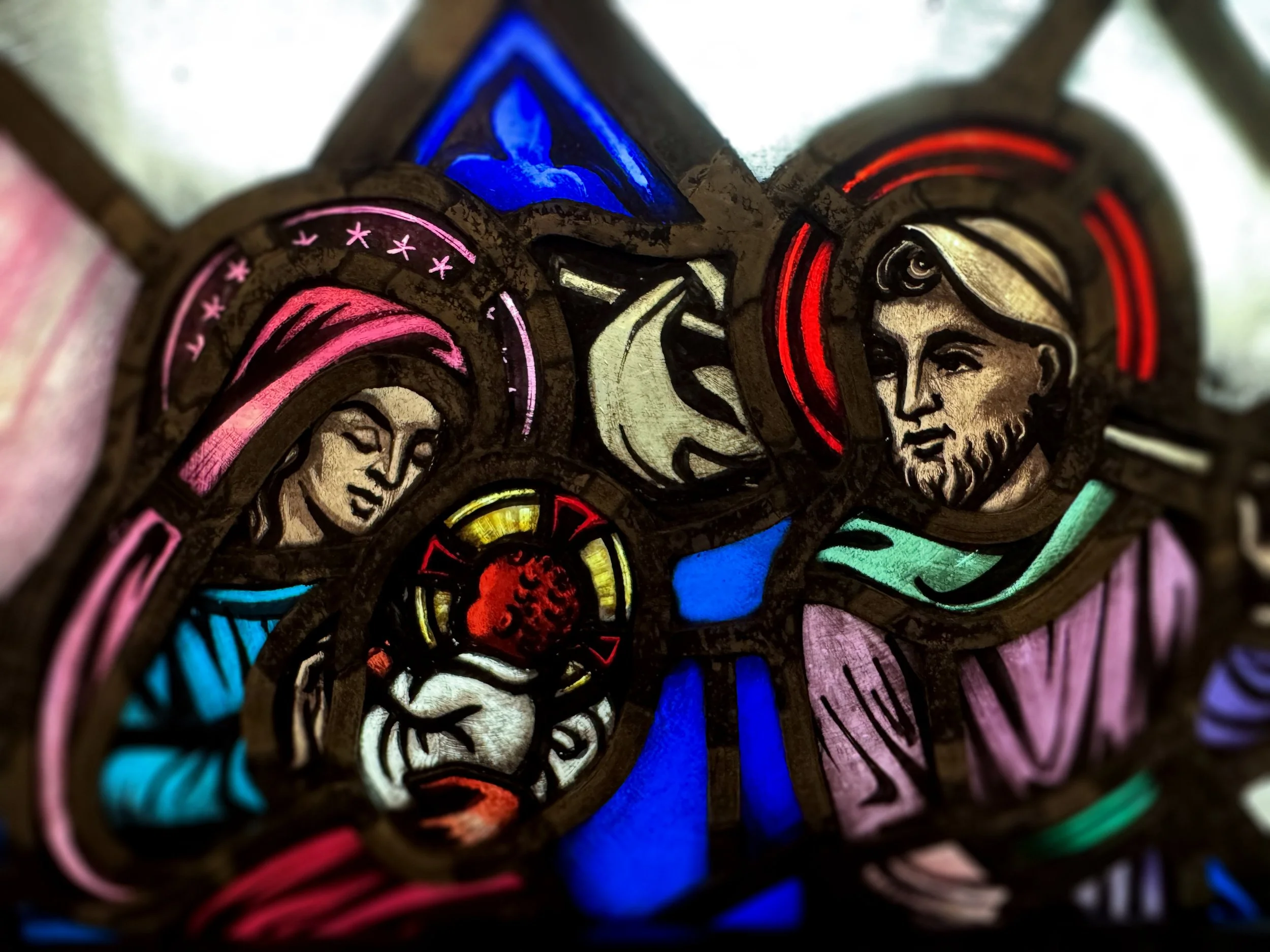Welcome to St. Michael’s.
We are a community of faith from all walks of life.
At St. Michael’s you can find working people, retired people, younger, older, students, families, single folks, partnered couples. Our congregation looks just like the people who live all around us. What draws us together is a love of God, a desire to offer our best to God in worship, and a commitment to bringing our faith into the world we encounter.
Our Services
-

Worship with Us
Sundays at 10 am.
If you seek a church where ancient custom and future orientation together engage today’s world, you will find a spiritual home here.
A Scriptural people, we are committed to prayer in church, at work, and at home. We sing hymns, ancient chant, and new songs.
We share Holy Communion blessed with the words Jesus prayed at the Last Supper, and we welcome all to the Lord’s Table.
-

Visit St. Michael’s
We are intentionally inclusive.
20475 Sunningdale Park
Grosse Pointe Woods, Michigan 48236If traveling northbound on Mack Ave., enter the driveway at our sign just after CVS.
Office Hours
Wednesday, 1–4 pm
Thursday, 11:30 am–4 pm313.884.4820
office@stmichaelsgpw.org -

The Little Thrift Shop
Serving the community since 1958.
Offering excellent quality at affordable prices, the proceeds from our shop provide assistance to several local non-profit organizations.
Open to the Public
Friday and Saturday
10 am–3 pmConsignment items are received on Fridays from 10 am–2 pm by appointment only. Please call 313.884.7840 for details.
We celebrate the goodness of God’s creation.
And we embrace our role in sustaining and healing the world around us.
We strive to respect the dignity of every human being. We are inspired by rich and varied worship that incorporates all the human senses of sight, sound, smell, taste, and touch. We follow a church calendar that celebrates holy women and men and in its cycle of special occasions reflects the changing of the seasons. We engage heart and mind and voice to praise God in the beauty of holiness. We discern God’s ongoing revelation through reason, experience and tradition.





